The content of the article
Quite often in the summer season you can find a butterfly with a very attractive and bright color of its wings, reminiscent of the sun's rays or lemon. This is lemongrass. Included in the family of whites, which has about 150 species of different day butterflies. Most often, lemongrass can be found in large glades, meadows or in some park.
Description
Sometimes lemongrass is called buckthorn for its love of buckthorn leaves. Relatives of this genus can be considered a cabbage familiar to everyone, as well as a repnitsa. Lemongrass do not present any harm to useful crops. As already mentioned, they mainly eat buckthorn leaves. Each representative of the species has an average size and wingspan of up to 60 mm. The head of lemongrasses is round with facet eyes and a sucking type of mouth apparatus. At the ends of the long antennae there are thickenings with so-called clubs.
- Males. Each male representative of the genus has an acute angle on the hind and front wings. Also worth noting is their intense color. For example, the wings of a male have a saturated yellow color.
- Females. The color of the females is much paler and is not as noticeable as that of males. The wings are more of a light greenish tint than a saturated lemon. Females have a small spot of orange in the wing. And the chest and abdomen are pubescent with light hairs.
- Larvae. Presented in the form of caterpillars. The color of each larva is saturated green. At the bottom there is a light bar. On the body there are also small specks of dark color, each of which has a spike. The oral apparatus is intended for eating leaves. Legs are comfortable and have a yellow tint.
Relative Species
Habitat
Lemongrass lives in almost all corners of Europe. Among the most visited countries are Austria, Great Britain, Sweden, Belgium and Norway. Representatives of this genus can be found in the vastness of Africa or Asia Minor. Regarding Eastern Europe, they spread over fairly large distances.
Butterflies prefer to be in shrubbery or somewhere nearby. The choice of lemongrasses are rare forests, small meadows, green parks or gardens. They can also be found in the mountains.
Lifestyle
Lemongrass is almost a long-liver compared to other butterflies of the European continent. The life span of this butterfly reaches a whole year. During this time, one generation can develop. The peak of their birth rate is observed from late March to early October. The most active months are March, April, May and August.
Lemongrasses show the greatest liveliness in a sundial. In such a warm and clear time, they either fly in search of nectar, or are located on shrubs, spreading their wings and catching the sun's rays. Thus, they are stored with heat and solar energy for the next flights. When evening comes, the butterflies diligently begin to look for a place for future overnight. After a brief search, they usually choose ivy.
In order not to spend a lot of energy on constant flights, butterflies periodically make diapause. During diapause, there is a slowdown in metabolism and various processes in the body of lemongrass. In winter, butterflies look for a place to survive frosts.During this time, glycerol and polypeptides are additionally produced in their body.
Each species has excellent camouflage. This is served by wings that resemble sharp leaves. A similar feature allows lemongrasses to hide from enemies during diapause.
Nutrition
The imago prefers to eat plant nectar, and most often you can find lemongrass at some flower. Wild plants have become a favorite treat, but sometimes butterflies may prefer cultivated plants. Among the flowers whose nectar is collected by adults, one can list a dandelion, cornflower, cottonwood, thistle, etc. Due to the size of the proboscis, lemongrass can bury quite deeply in the flower, which other butterflies cannot do.
It is worth noting that the buckthorn plant is selected by color and preference is given to flowers having saturated red or blue shades.
As for the nutrition of larvae, plants from the buckthorn family go to food. Usually the caterpillar eats the top of the leaf. However, newly hatched people prefer to start in the middle.
Breeding
Lemongrasses mate in the spring months. Since both sexes can survive in winter, there are no problems with the presence of males or females in the spring. Males wake up first. They have to divide the glades, distribute the plots and wait until the females wake up. Courting a female is a mating ritual. First, the male flies for his partner, you can say, pursuing her throughout the journey. And in the end, both find a bush, descend on it and complete the pairing process.
After successful mating, a female lays eggs. The shape of each egg is conical. With the help of sticky secretions, they are attached to the plant and held upright. Usually on each leaf a butterfly can lay 1-2 eggs, not more. Sometimes larvae can also be found on the buds or on the stalks of buckthorn. In total, during the breeding season, the female can lay up to 100 eggs. The masonry matures within two weeks, and after maturation, a 1.7 mm larva appears from there. She has 5 more ages ahead to achieve full development.
Larval development
As soon as the second molt occurs on the caterpillar, small tubercles and blond hair begin to appear on the body. Each hair has a bead with a drop of orange liquid that constantly stands out. When the caterpillar reaches the fifth age, its size is 35 mm. All this time she is on the leaves of buckthorn and eats them daily.
The development time is affected by:
- Environmental conditions.
- Temperature indicators.
For example, the larva will grow faster in dry weather.
Pupation occurs after four weeks from the appearance of the larva. And most often pupae form in July. The cocoon of each pupa reaches 23 mm and has a yellow-green color. Within two weeks there is a process of turning the caterpillar into a butterfly. As soon as the shell is torn and the butterfly appears, it needs to hang vertically for some time in order to strengthen and spread its wings.
In total, about fifty days pass from an egg to a butterfly.
Lemongrass is a fairly popular butterfly, which does not threaten extinction. Each year, a sufficient number of individuals appears, exceeding the annual losses due to deforestation.
Video: lemongrass butterfly (Gonepteryx rhamni)

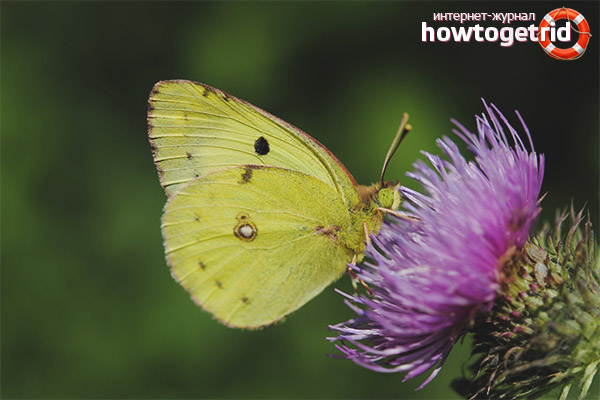

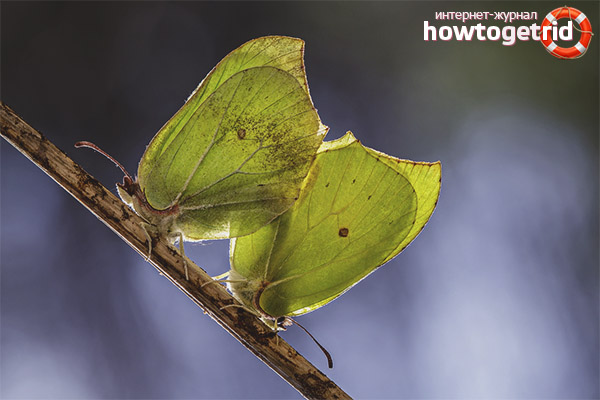
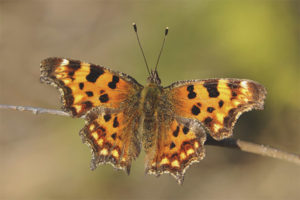

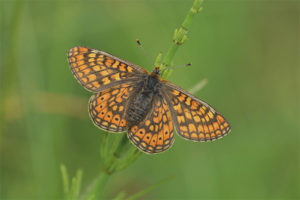
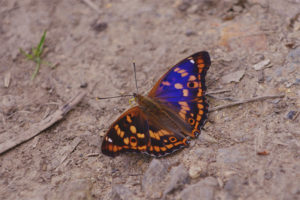

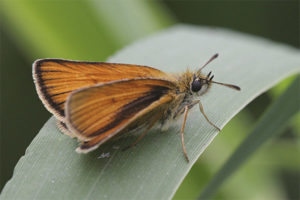
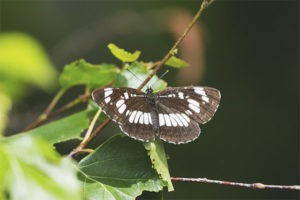
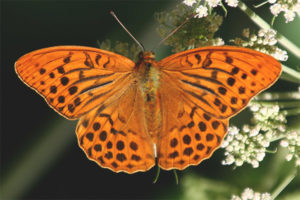
Submit